
|
JDL ThinFilm LLC Photovoltaics For Today 1608 So Kanner Hwy Stuart, Fl 34994 |
|
To contact us: |

|
Photovoltaics For Today |
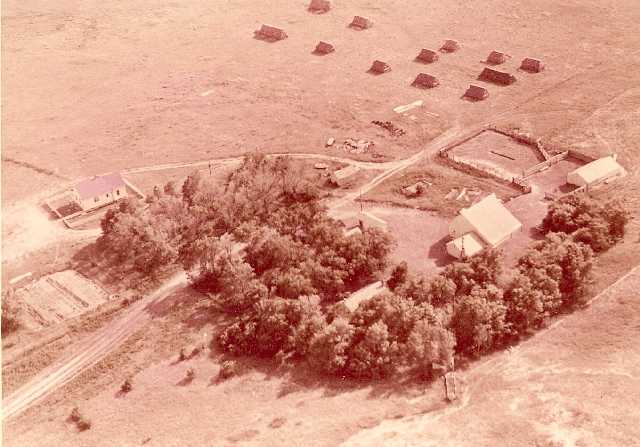

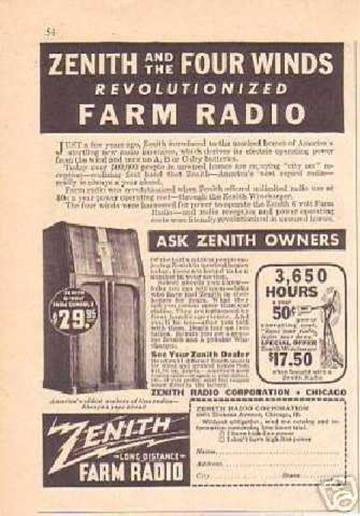


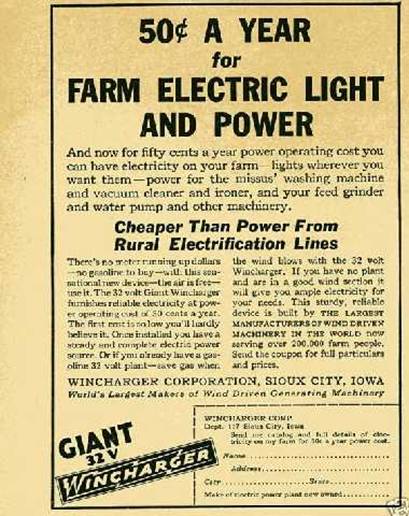


|
Eriksen Ranch - Mullen, Nebraska - 1950s
THE WINCHARGER STORY |
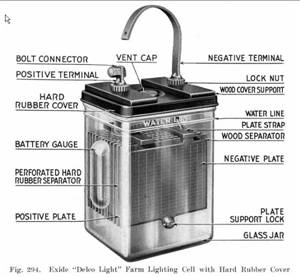
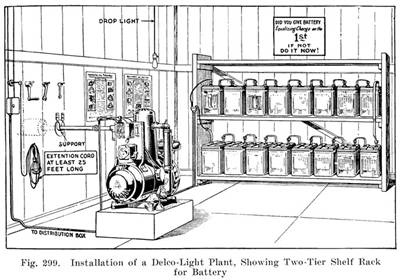
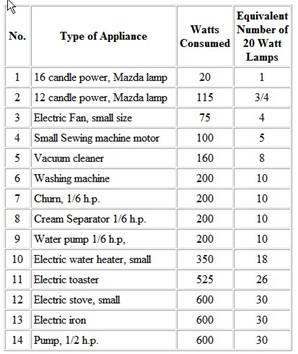


|
Click on individual ads to enlarge |
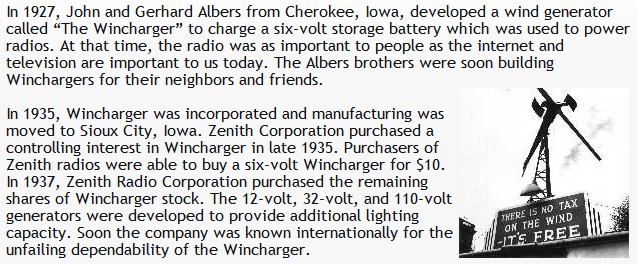
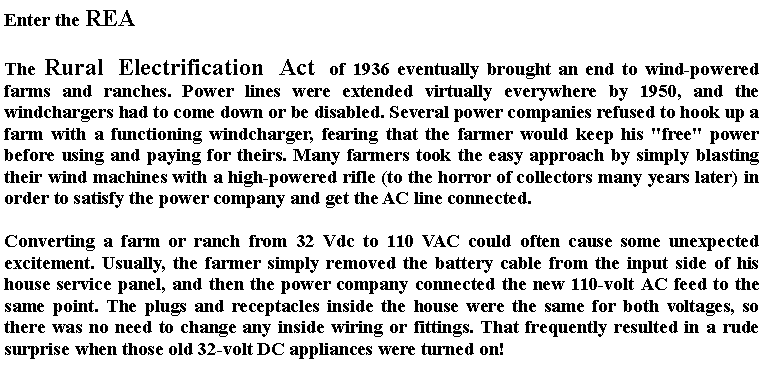
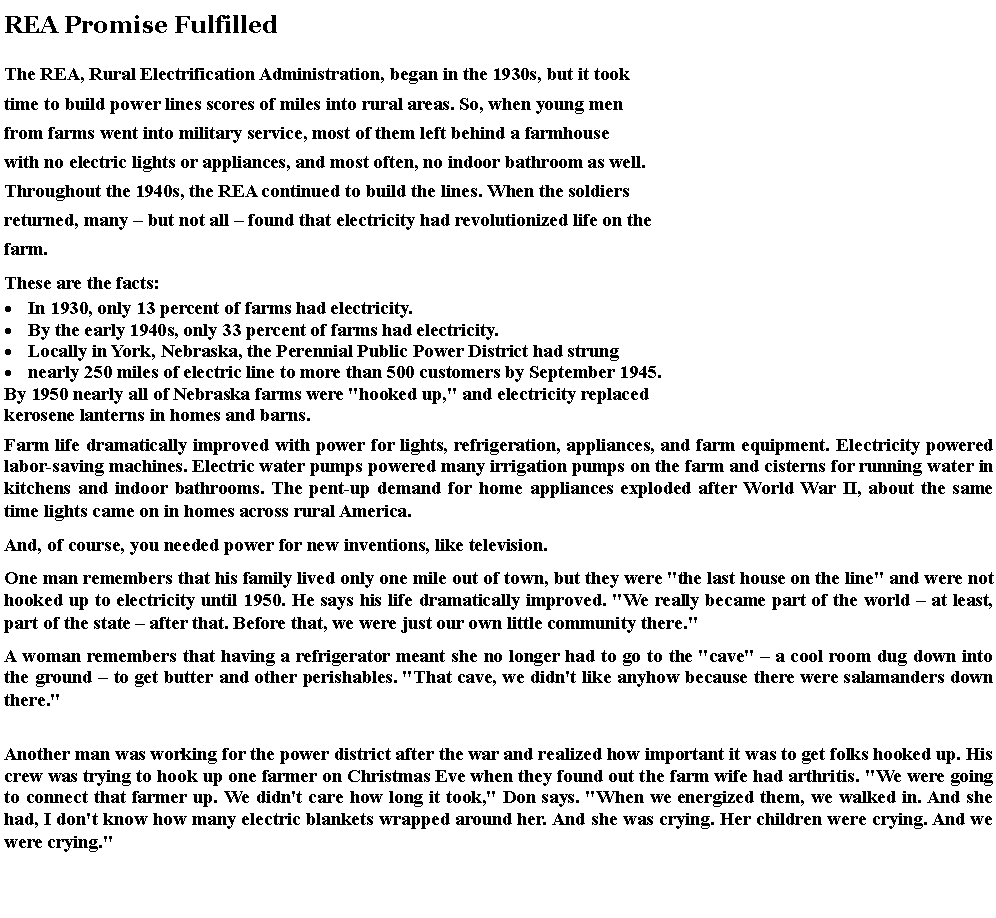
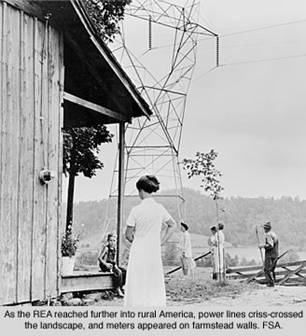


|
HOME |
|
JDL ThinFilm LLC
|
|
|